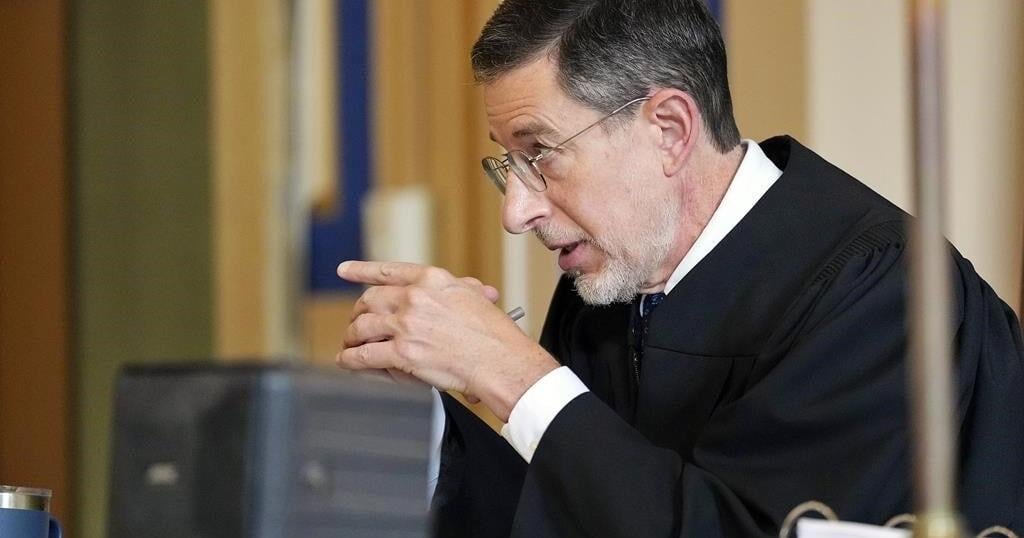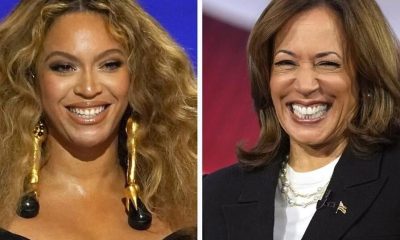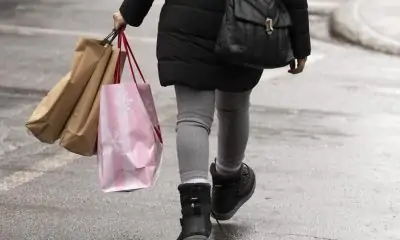Canadian National Railway Co. lowered its forecast for earnings growth Tuesday as it faces the threat of a worker strike.
The Montreal-based railway, which earned $1.11 billion in the second quarter, said it is seeing international customers route shipments away from Canadian ports in the face of continued labour uncertainty at the company.
CN is awaiting a decision from the Canada Industrial Relations Board on whether some shipments would be considered essential services in the event of a strike by the Teamsters Canada Rail Conference, the union that represents CN’s engineers and conductors. Though no strike or lockout can take place until at least 72 hours after that decision is made — a decision the company expects on or about Aug. 9 — the situation is casting a cloud over CN’s business.
“The prolonged nature of this process, which prior to the CIRB referral was to conclude in May, is impacting our customers, and it is impacting our business — particularly in (the area of) international intermodal where customers have taken actions to reroute vessels away from Canadian ports until the labour question has been resolved,” said CEO Tracy Robinson on a conference call with analysts Tuesday.
Robinson said the company’s second quarter was “challenging.” She added CN’s volumes were tracking well ahead of plan until May, when contract talks between Canada’s largest railway and the union got bogged down.
“Starting late May we saw a sharp reduction primarily in our international volumes on concerns of a work stoppage,” Robinson said. “This is volume destined to the U.S. that has shifted to U.S. ports. So we have lighter volumes in the third quarter than expected.”
In June, the Teamsters rejected an offer from CN to enter into binding arbitration, a development that raised the risk of a strike. Then-labour minister Seamus O’Regan, who recently announced his resignation from cabinet, asked the CIRB to address the question of whether some shipments would continue as essential services in the event of a strike or lockout.
CN said Tuesday it does not expect the situation to escalate to a full-fledged strike or lockout, and its revised forecast makes the assumption that the current traffic diversions do not increase.
Still, the company said it is lowering its forecasted adjusted earnings per share growth for the year to the mid- to high-single-digit range, compared to an earlier forecast that predicted earnings-per-share growth of approximately 10 per cent.
Robinson said CN expects to have more certainty on the labour front after the CIRB issues its decision. She said the company’s position on a collective agreement with its engineers and conductors has not changed in recent months — it is still looking to create a structure around work scheduling that would improve crew availability in light of new federal rules around mandatory work and rest rules for critical railway employees.
The Teamsters have said CN is trying to squeeze more availability out of its train crews as a way to compensate for labour shortages. The union has said the railway’s proposal would see workers required to move across the country for months at a time to fill labour shortages in remote areas of Canada.
CN said Tuesday its net income for the quarter was five per cent lower than the $1.17 billion in the same three months of 2023.
On an adjusted basis, the company said it earned $1.17 billion in the second quarter of 2024, or $1.84 per share compared with $1.76 per share in the prior year’s quarter.
The railway reported revenues of $4.33 billion, a seven per cent increase year-over-year.
Its operating ratio, a key measure of railway efficiency where a smaller number is better, increased from 60.6 to 64 per cent year-over-year.
CN’s share price declined by $2.59, or 1.54 per cent, to close at $165.35 on Tuesday.
This report by The Canadian Press was first published July 23, 2024.
Companies in this story: (TSX:CNR)






















